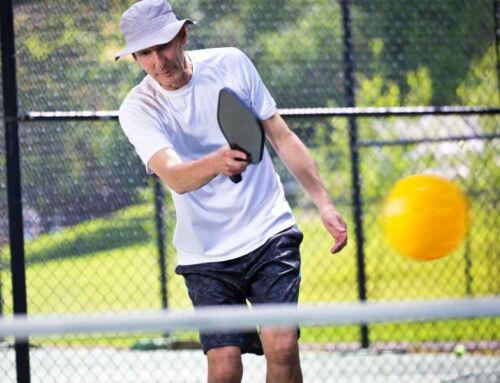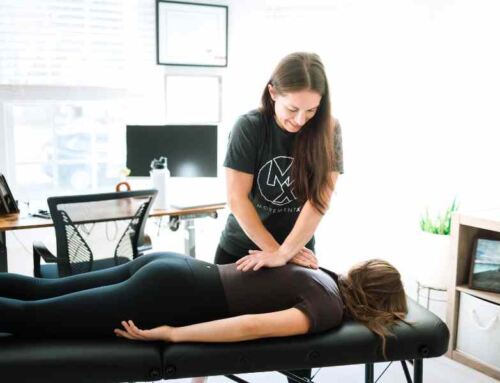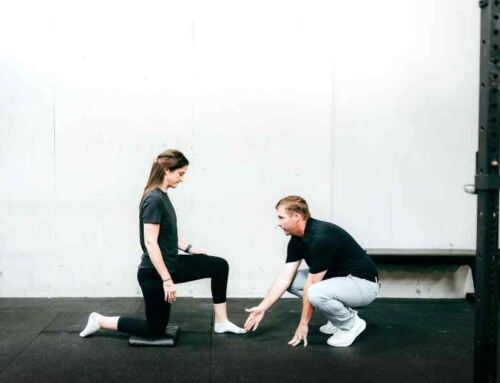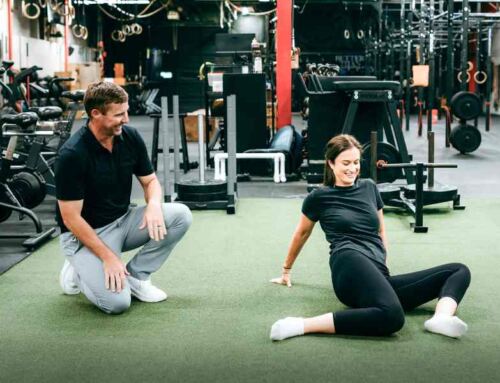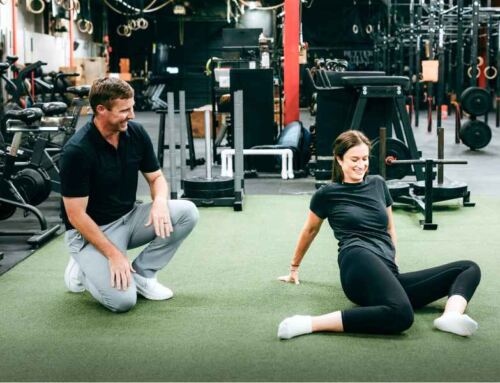HYROX is rapidly redefining the world of fitness racing, establishing itself as the premier hybrid competition that blends strength, endurance, and functional movement. Athletes from every discipline (whether CrossFit, running, obstacle course racing, or general gym training) are flocking to HYROX events to test their limits. What sets HYROX apart is its demanding structure: 8 challenging functional fitness stations, each separated by a 1km run, all completed in a race against the clock.
But HYROX isn’t just about brute strength or high-level cardio. Success in this race hinges on total-body athleticism, efficient movement patterns, and (most importantly) mobility. As both a physical therapist and a competitive HYROX athlete, I’ve seen firsthand how mobility can make or break your race day performance.
With the explosive growth of HYROX, injury rates are also on the rise. The most common problems I encounter among athletes include knee pain (often due to poor squat or lunge technique), shoulder injuries (typically from wall balls and sled work), and low back pain (frequently resulting from improper hinging or fatigue). The good news? Proactive mobility training and working with a knowledgeable physical therapist can not only help you recover from pain but also unlock better performance, boost efficiency, and prevent injuries before they start.
In this article, we’ll break down each HYROX station and reveal the essential mobility requirements that can give you a real competitive edge.
Ready to discover how mobility truly makes all the difference in the race that’s redefining fitness? Read on.
1. Ski Erg (after the first 1km run)
Mobility focus: Thoracic spine and lats
The Ski Erg demands overhead mobility and a strong, efficient pull through the lats and core. Limited thoracic extension or tight shoulders can lead to compensations, such as low back overuse or poor power output. Mobilizing the mid-back and improving lat length can make a major difference here.

2. Sled Push
Mobility focus: Ankle dorsiflexion and hip extension
This station is all about raw strength and stability, but mobility plays a key role. Ankle stiffness can prevent effective forward lean and traction, while restricted hip extension can force your low back to compensate. Deep hip flexor and calf mobility are essential for maintaining strong mechanics throughout the push.
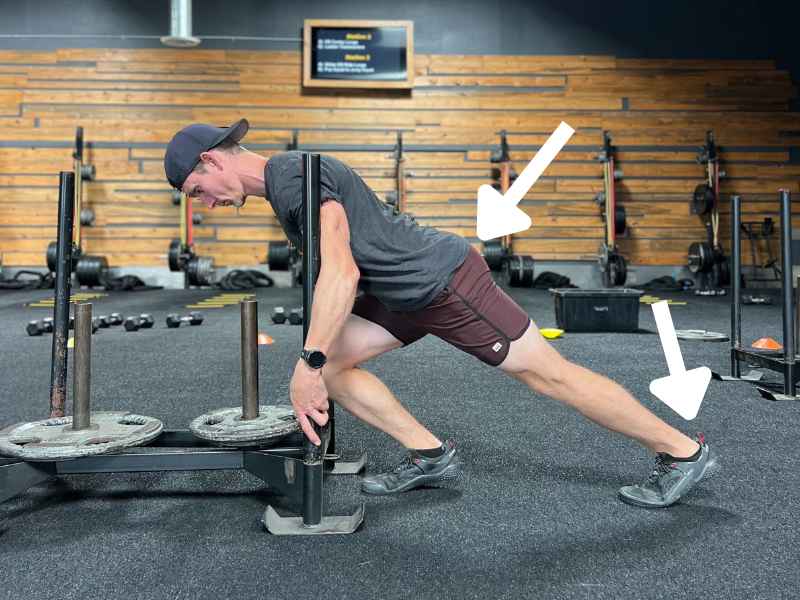
3. Sled Pull
Mobility focus: Scapular control and posterior chain flexibility
Efficient pulling comes from strong scapular retraction and good mobility through the hamstrings and glutes. Limited flexibility can lead to overuse of the arms and shoulders. Working on posterior chain flexibility and scapular mechanics can prevent strain and enhance pulling efficiency.
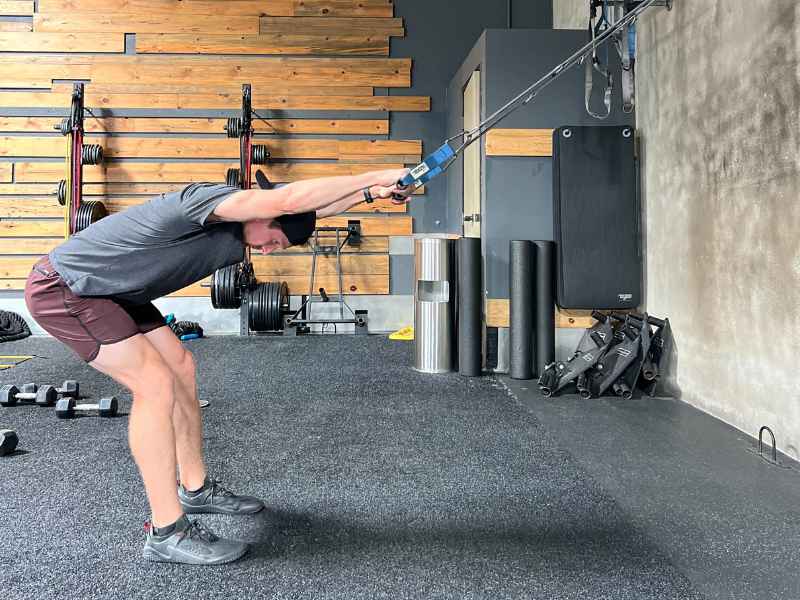
4. Burpee Broad Jumps
Mobility focus: Hip and ankle mobility
Explosiveness and fluid transitions from burpee to jump rely heavily on hip and ankle mobility. Restricted movement in either area can increase impact forces and reduce jump distance. Regular ankle dorsiflexion and hip flexion work help make this station smoother and safer.
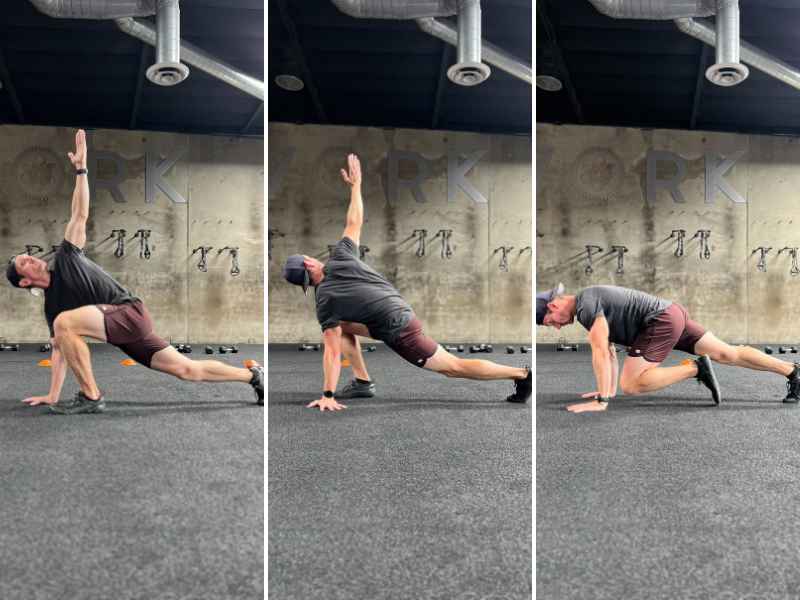
5. Rowing
Mobility focus: Hip hinge and thoracic extension
A proper rowing stroke requires a strong, flexible hinge at the hips and controlled thoracic extension. Limited mobility here not only reduces stroke efficiency but can also increase the risk of low back strain. Emphasizing dynamic hamstring and spine mobility is key for longevity.
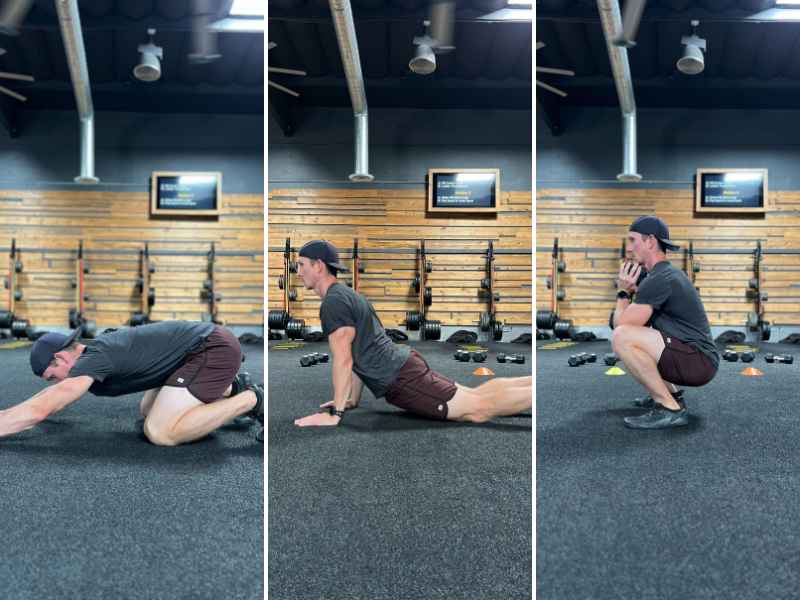
6. Farmers Carry
Mobility focus: Scapular stability and Grip Strength
While this station is more about strength and endurance rather than range of motion, poor shoulder stability can compromise posture and form. Exercises focusing on scapular mechanics such as scapular squeezes and shoulder shrugs will keep your shoulders safe under heavy load. Additionally, your wrist and finger flexors will need some attention as well to maintain grip on the kettlebell.
7. Sandbag Lunges
Mobility focus: Hip flexor length and ankle mobility
Lunges demand a combination of mobility and stability. Tight hip flexors or restricted ankle dorsiflexion can cause compensations like excessive lumbar extension and. Prepping these joints with dynamic stretching such as Sandbag Lunges will help protect your backs and knees and save energy during the movement.
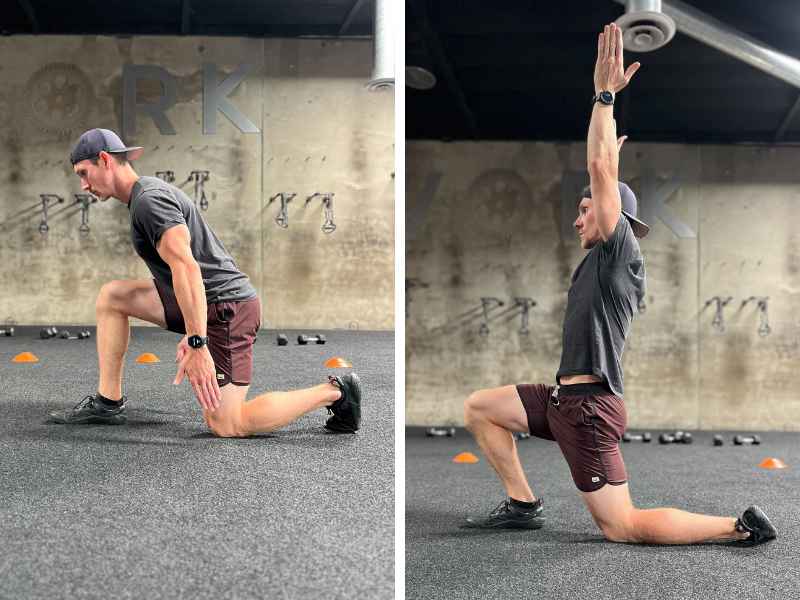
8. Wall Balls
Mobility focus: Overhead shoulder mobility and squat depth
The final station is a test of grit and mobility. Tight shoulders or thoracic spine can compromise your overhead position, while restricted hip or ankle mobility can affect squat depth and control. Addressing both upper and lower body mobility can keep your wall balls clean and efficient, even under fatigue.
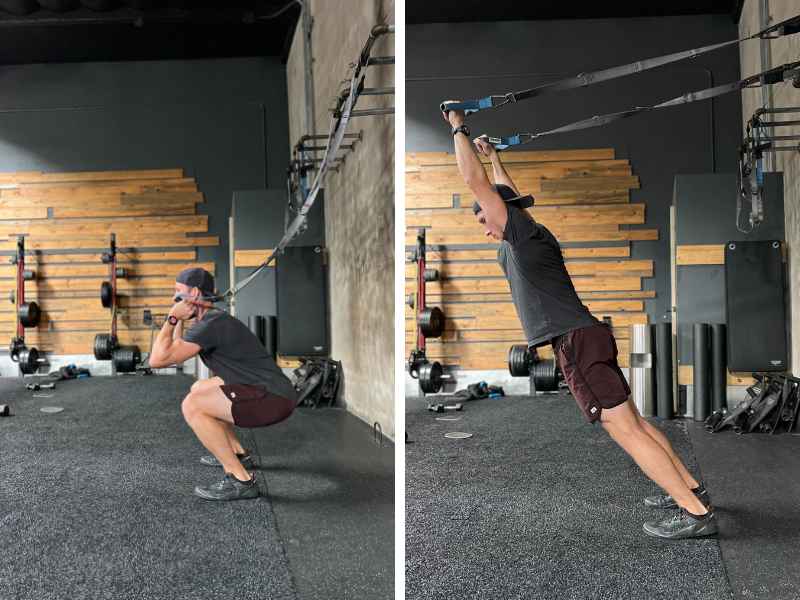
Mobility Is Your Competitive Edge
HYROX isn’t just about how hard you train, it’s about how WELL you move. A physical therapist can identify specific limitations in your mobility, correct movement dysfunctions, and create a personalized plan that enhances both your performance and longevity in the sport.
Whether you’re preparing for your first HYROX or chasing a new personal best, don’t wait for an injury to seek help. Book a session with a physical therapist who understands the demands of hybrid racing. Your future self, and your finish time, will thank you.
Looking to work with a PT to give you that competitive edge?
Book a free phone consult with Dr. Chris Monpere to see how you can level up your next HYROX performance.
About the Author
Chris MonPere, PT, DPT is a physical therapist, certified orthopedic clinical specialist, and certified strength and conditioning coach with MovementX in Orange County, CA. He works endurance athletes and weekend warriors to help treat injuries, decrease pain, and optimize performance. Chris has run 7 marathons and enjoys playing music, skydiving, and playing with his german shepard, Arya.



